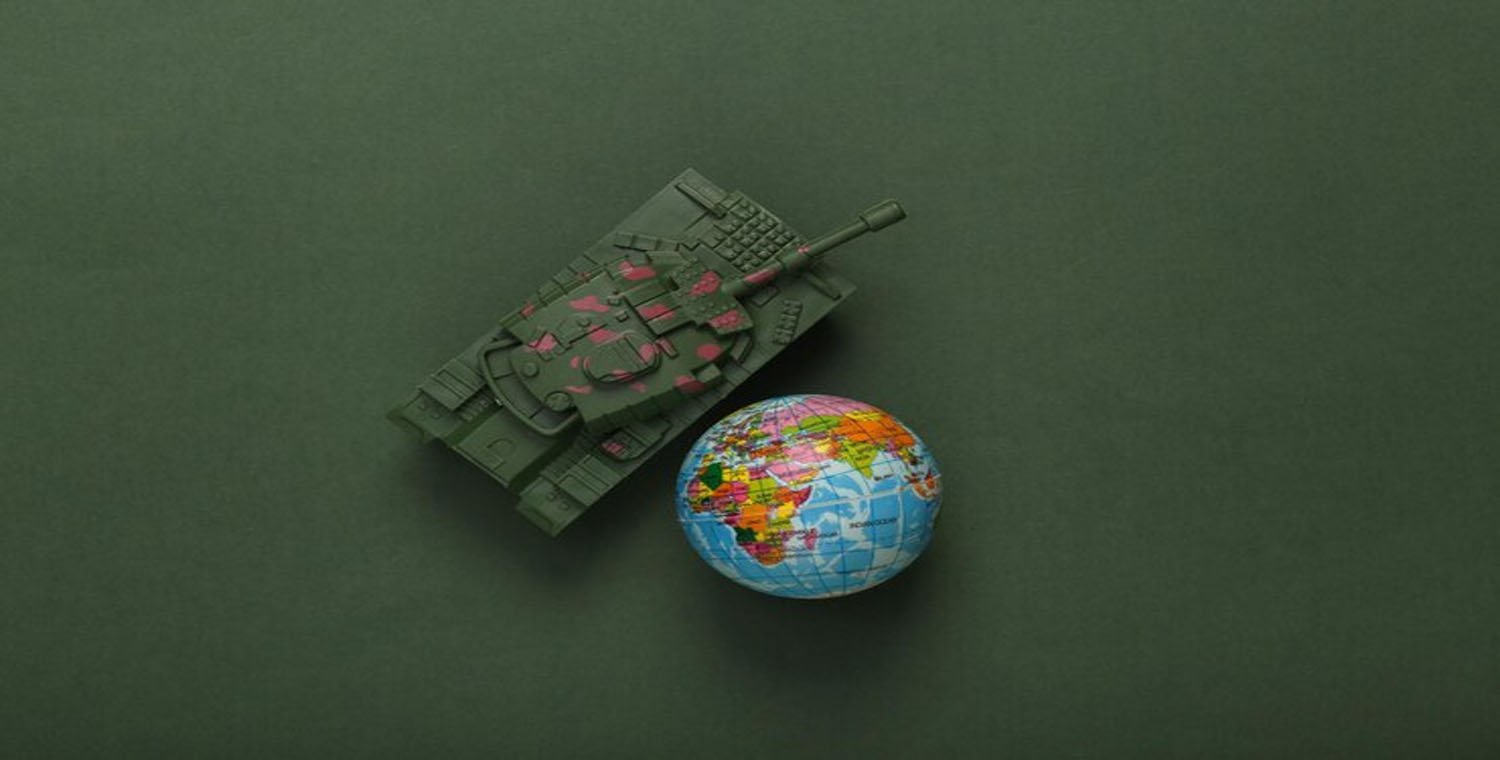Nail polish is a cosmetic product that has become an essential part of beauty routines across the world. This vibrant product allows people to express their creativity, add a pop of color, and enhance their personal style. But while the act of painting nails has a universal appeal, the term nail polish may not always be the same in every language. In fact, the traduction (translation) of “nail polish” varies depending on the country or culture, reflecting different linguistic nuances and historical influences.
In this article, we will explore the global terminology for nail polish, its translations, and how the product is perceived across cultures. We’ll also dive into the historical evolution of nail polish, its significance in different societies, and why understanding the nail polish traduction is important in today’s global beauty industry.
What Is Nail Polish?
Nail polish is a liquid applied to the nails to add color, shine, or texture. It is used primarily as a cosmetic product for personal grooming, though in some cultures it holds deeper symbolic meaning. Nail polish is available in various colors, finishes (matte, glossy, shimmer), and formulations (such as long-lasting, fast-drying, and chip-resistant).
Nail polish has evolved over centuries, starting from ancient Egypt, where both men and women used henna and other natural dyes to color their nails. Today, nail polish is a staple in beauty routines worldwide, with millions of people using it to decorate their nails as part of their overall aesthetic or fashion statement.
Nail Polish Traduction Around the World
While the concept of nail polish is universal, the terminology used to describe it varies greatly from language to language. Here are some common translations and their origins:
1. French: Vernis à Ongles
In French, nail polish is known as vernis à ongles. The word vernis translates to “varnish,” while ongles means “nails.” The term evokes the idea of a protective coating or finish applied to the nails, much like how varnish is used in woodworking. The French language has influenced global beauty standards, especially when it comes to high-end cosmetics and fashion, so vernis à ongles is often used in French-speaking regions to denote a sophisticated and chic style of nail care.
The use of the term vernis reflects the French tradition of precision and elegance in beauty rituals, and it’s not uncommon to see the French name used in global marketing campaigns for nail products.
2. Spanish: Esmalte de Uñas
In Spanish, nail polish is called esmalte de uñas. Esmalte refers to enamel or glaze, and uñas means nails. The term esmalte conjures the image of a glossy, smooth finish, much like how enamel is used to cover and protect surfaces. In many Spanish-speaking countries, esmalte de uñas is used interchangeably with nail polish, though it may also refer to other types of decorative coatings or varnishes.
In Latin America, esmalte is a common and casual term for nail polish, whereas in Spain, the term might be used more formally depending on the context.
3. Italian: Smalto per Unghie
In Italian, the term for nail polish is smalto per unghie. Like the Spanish term, smalto refers to enamel or glaze, and unghie means nails. The smalto per unghie is used in everyday conversations when talking about nail care, and the term is well-known in both high-end and drugstore brands. The Italian influence on fashion and beauty also makes this term a standard when referring to high-quality nail products.
4. German: Nagellack
In German, nail polish is called Nagellack. Nagel means nail, and Lack translates to lacquer or varnish. The term Nagellack is widely used throughout Germany and other German-speaking countries like Austria and Switzerland. In these regions, Nagellack can refer to both nail polish and more specialized varnishes for other surfaces, but in the context of personal care, it specifically refers to nail products.
Nagellack has become synonymous with not only decorative nail polish but also with the idea of achieving a glossy, polished finish on the nails. It’s often used in combination with terms like gel-Nagellack (gel nail polish) or Speziell Nagellack (specialty nail lacquers).
5. Portuguese: Esmalte de Unhas
In Portuguese, the term for nail polish is esmalte de unhas. Similar to Spanish, esmalte refers to enamel, while unhas means nails. Brazil, in particular, has a large and vibrant nail culture, with people often opting for intricate nail designs and bold colors. The word esmalte is a widely recognized term in Portuguese-speaking countries, especially in the context of personal care and beauty products.
6. Chinese: 指甲油 (Zhǐjiǎ Yóu)
In Chinese, nail polish is referred to as 指甲油 (Zhǐjiǎ Yóu). 指甲 (Zhǐjiǎ) means nails, and 油 (Yóu) translates to oil or polish. The term 指甲油 reflects the common practice of applying a glossy layer to the nails, and it is used in everyday conversations regarding nail care products in China, Taiwan, and other Chinese-speaking regions.
7. Japanese: ネイルポリッシュ (Neiru Porisshu)
In Japan, the term ネイルポリッシュ (Neiru Porisshu) is used, which is a phonetic adaptation of the English word “nail polish.” Japan has a long history of nail art, and the use of the English term reflects the global influence of Western fashion and beauty trends. In addition to ネイルポリッシュ, the Japanese also use terms like マニキュア (manikyua), derived from the French word “manicure,” to describe nail polish.
8. Russian: Лак для ногтей (Lak dlya nogtei)
In Russia, nail polish is known as лак для ногтей (Lak dlya nogtei). The term лак translates to lacquer, while ногтей means nails. Similar to the German term Lack, the Russian лак is associated with the glossy finish achieved through the application of nail polish.
In Russia, nail care is an important part of personal grooming, especially in major cities like Moscow and St. Petersburg, where nail salons and professional manicures are common.
9. Arabic: طلاء الأظافر (Talaa’ al-Azafir)
In Arabic, nail polish is called طلاء الأظافر (Talaa’ al-Azafir). طلاء (Talaa’) means coating or paint, and الأظافر (Azafir) refers to nails. The use of nail polish in the Arab world has been influenced by both traditional and modern beauty practices, with nail art becoming increasingly popular in countries like the United Arab Emirates, Saudi Arabia, and Egypt.
Nail Polish and Its Cultural Significance
The popularity and use of nail polish transcends borders, but its cultural significance can vary widely from one region to another. For some, it is purely about aesthetics—a way to add color, shine, and creativity to their nails. In other cultures, nail polish has deeper meanings, often tied to identity, tradition, or social status.
1. Beauty and Personal Expression
Across the globe, nail polish is often seen as a way for individuals to express their personality and style. From minimalist nude shades to bold, vibrant colors, nail polish serves as a form of self-expression. This is particularly true in Western cultures, where fashion and personal style are closely tied to individual identity. In countries like France, the U.S., and the UK, nail art and nail polish have become integral parts of the beauty industry, with regular new trends emerging.
2. Symbolism in Different Cultures
In some cultures, nail polish carries symbolic meanings. For instance, in some Middle Eastern countries, women may wear specific colors of nail polish to signify certain social statuses or relationships. In India, the use of henna or natural dyes on nails is a part of traditional ceremonies like weddings. These practices often hold cultural and spiritual significance beyond just beautification.
3. Nail Polish as a Status Symbol
In some regions, such as in Russia or parts of the Middle East, expensive, high-quality nail polish can be seen as a status symbol. The idea of manicured nails and flawless polish is often associated with wealth and sophistication, especially when paired with other beauty treatments.
Nail Polish Traduction in Global Marketing
Understanding nail polish traduction is crucial in global marketing and advertising, particularly for brands that sell beauty products internationally. Companies that manufacture nail polish need to ensure their product names, advertising messages, and even the types of polish they offer resonate with local cultures and languages. This may involve translating the term nail polish accurately, while also adapting the marketing strategy to fit the preferences of each region.
For example, while the blush pink shade might be popular in the U.S., deep red or golden tones could be more appreciated in Asian markets. Marketers must pay attention to local language nuances, color preferences, and cultural attitudes toward beauty.
Conclusion
The nail polish traduction provides us with a fascinating insight into the global beauty culture and the different ways in which people around the world perceive and use this simple yet versatile cosmetic product. Whether it’s known as vernis à ongles in French, esmalte de uñas in Spanish, or nail lacquer in English, the popularity of nail polish continues to grow. It’s a universal product that allows individuals to express their unique sense of style, while also reflecting the diverse linguistic and cultural approaches to beauty. As the global beauty industry continues to thrive, the terminology of nail polish and its significance will only become more intertwined with the rich tapestry of global cultures.




